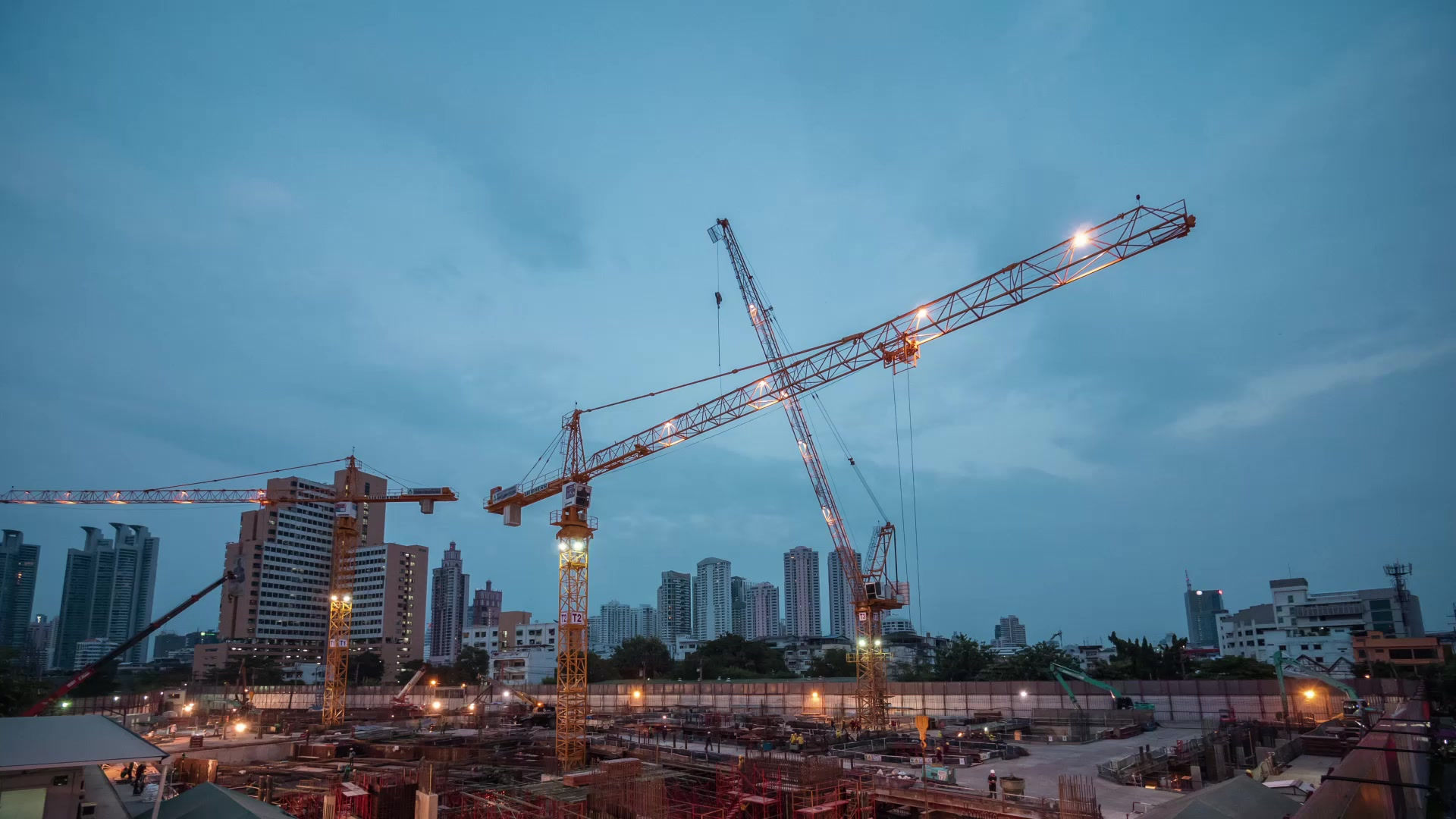Understanding Power Infrastructure for IT Systems
- service73125
- Oct 6
- 3 min read
Updated: Dec 1
When you run IT systems, you depend heavily on a stable and reliable power supply. Without it, your operations can face interruptions, data loss, or even hardware damage. Understanding the essentials of power infrastructure helps you make informed decisions about your setup. It also ensures your business stays up and running smoothly.
What Are Power Infrastructure Essentials?
Power infrastructure essentials refer to the fundamental components and systems that deliver and manage electrical power for your IT environment. These include power sources, backup systems, distribution units, and protection devices. Each part plays a critical role in maintaining continuous power flow and protecting your equipment.
For example, a typical setup might include:
Uninterruptible Power Supplies (UPS): Provide backup power during outages.
Power Distribution Units (PDU): Distribute power to multiple devices safely.
Surge Protectors: Guard against voltage spikes.
Generators: Offer long-term power during extended outages.
Circuit Breakers and Switches: Control and protect electrical circuits.
By combining these elements, you create a resilient power system that supports your IT infrastructure.

Key Components of Reliable Power Systems
To build a dependable power system, you need to understand the role of each component:
Uninterruptible Power Supply (UPS)
A UPS is your first line of defense against power interruptions. It provides immediate backup power when the main supply fails. This prevents sudden shutdowns that can corrupt data or damage hardware. UPS units come in various sizes, from small desktop models to large rack-mounted systems for data centers.
Power Distribution Units (PDU)
PDUs distribute electrical power to multiple devices within your IT setup. They help organize power delivery and often include features like remote monitoring and control. This allows you to manage power loads efficiently and identify issues quickly.
Surge Protection
Voltage spikes can occur due to lightning strikes or switching operations in the power grid. Surge protectors absorb these spikes, preventing damage to sensitive IT equipment. Installing surge protection is a simple yet effective way to safeguard your systems.
Backup Generators
For longer power outages, generators provide a reliable power source. They automatically start when the main power fails and can run for hours or days. Generators are essential for businesses that cannot afford downtime.
Circuit Breakers and Switches
These devices control the flow of electricity and protect circuits from overloads. Properly rated breakers ensure safety and prevent electrical fires.
Understanding these components helps you design a power system tailored to your business needs.

How to Choose the Right Power Infrastructure for Your IT Systems
Selecting the right power infrastructure depends on several factors:
Assess Your Power Needs: Calculate the total power consumption of your IT equipment. Include servers, networking devices, storage, and peripherals.
Determine Backup Requirements: Decide how long your systems need to stay operational during outages. This affects the size and type of UPS and generator you require.
Consider Scalability: Choose systems that can grow with your business. Modular UPS units and expandable PDUs offer flexibility.
Evaluate Environmental Conditions: Temperature, humidity, and dust levels impact equipment performance. Select infrastructure designed for your environment.
Plan for Maintenance: Regular maintenance ensures reliability. Choose equipment with accessible service options and support.
By following these steps, you can build a power infrastructure that meets your current and future IT demands.

Practical Tips for Maintaining Your Power Infrastructure
Maintaining your power infrastructure is crucial for uninterrupted IT operations. Here are some practical tips:
Regular Testing: Test UPS batteries and generators periodically to ensure they function when needed.
Monitor Power Quality: Use monitoring tools to detect voltage fluctuations, frequency changes, and other anomalies.
Keep Equipment Clean: Dust and debris can cause overheating and failures. Clean your power equipment regularly.
Update Firmware: Keep UPS and PDU firmware up to date for improved performance and security.
Train Staff: Ensure your team knows how to operate and troubleshoot power systems.
Implementing these practices reduces the risk of unexpected downtime and extends the life of your equipment.
Partnering for Reliable Power Solutions
Choosing the right partner for your power infrastructure needs is essential. A reliable provider offers tailored solutions, expert advice, and ongoing support. For example, MTSHALI POWER ELECTRONICS & INFRASTRUCTURE specializes in delivering robust power infrastructure solutions that keep your IT systems running smoothly.
They understand the importance of uninterrupted power and provide customized setups that fit your business size and requirements. Working with a trusted partner helps you avoid costly downtime and supports your growth.
By understanding the essentials of power infrastructure and implementing the right components, you ensure your IT systems remain operational and protected. This foundation supports your business continuity and growth in a competitive environment.




Comments